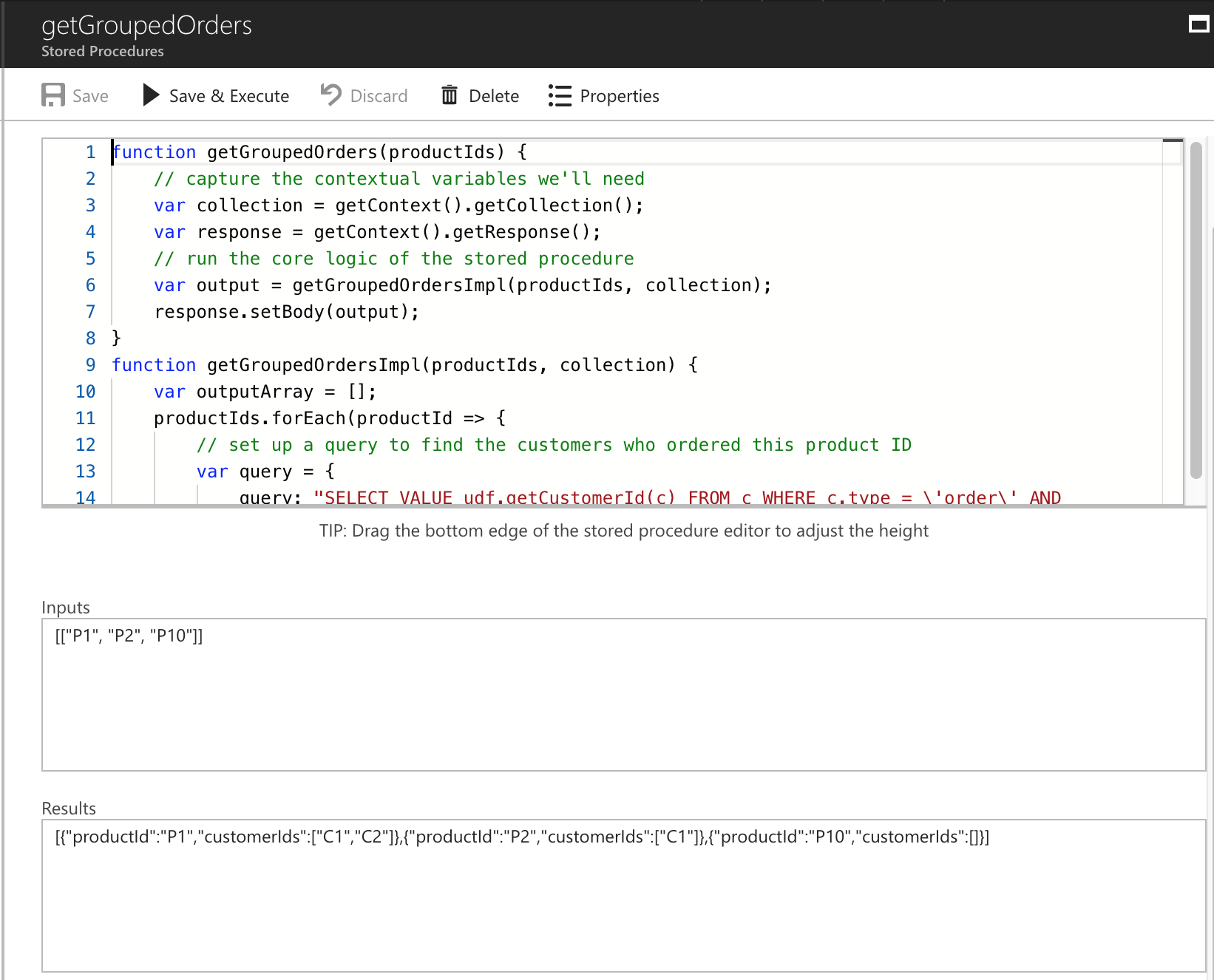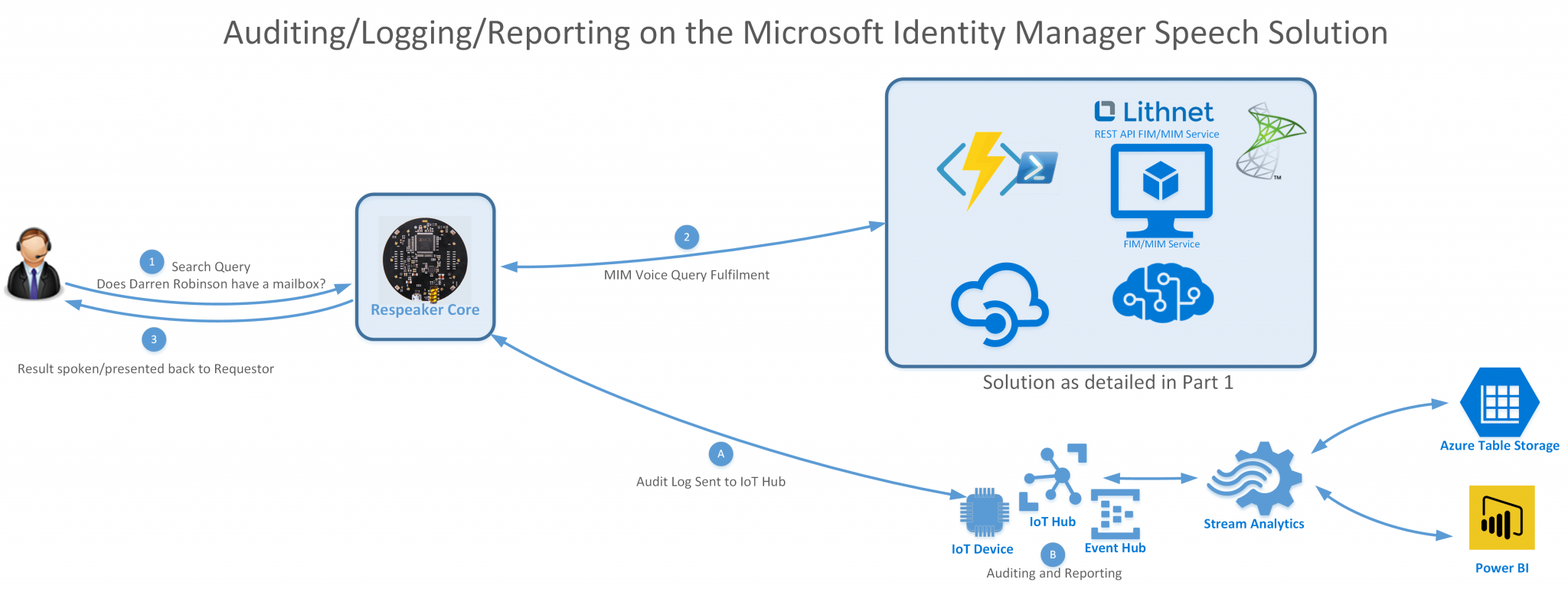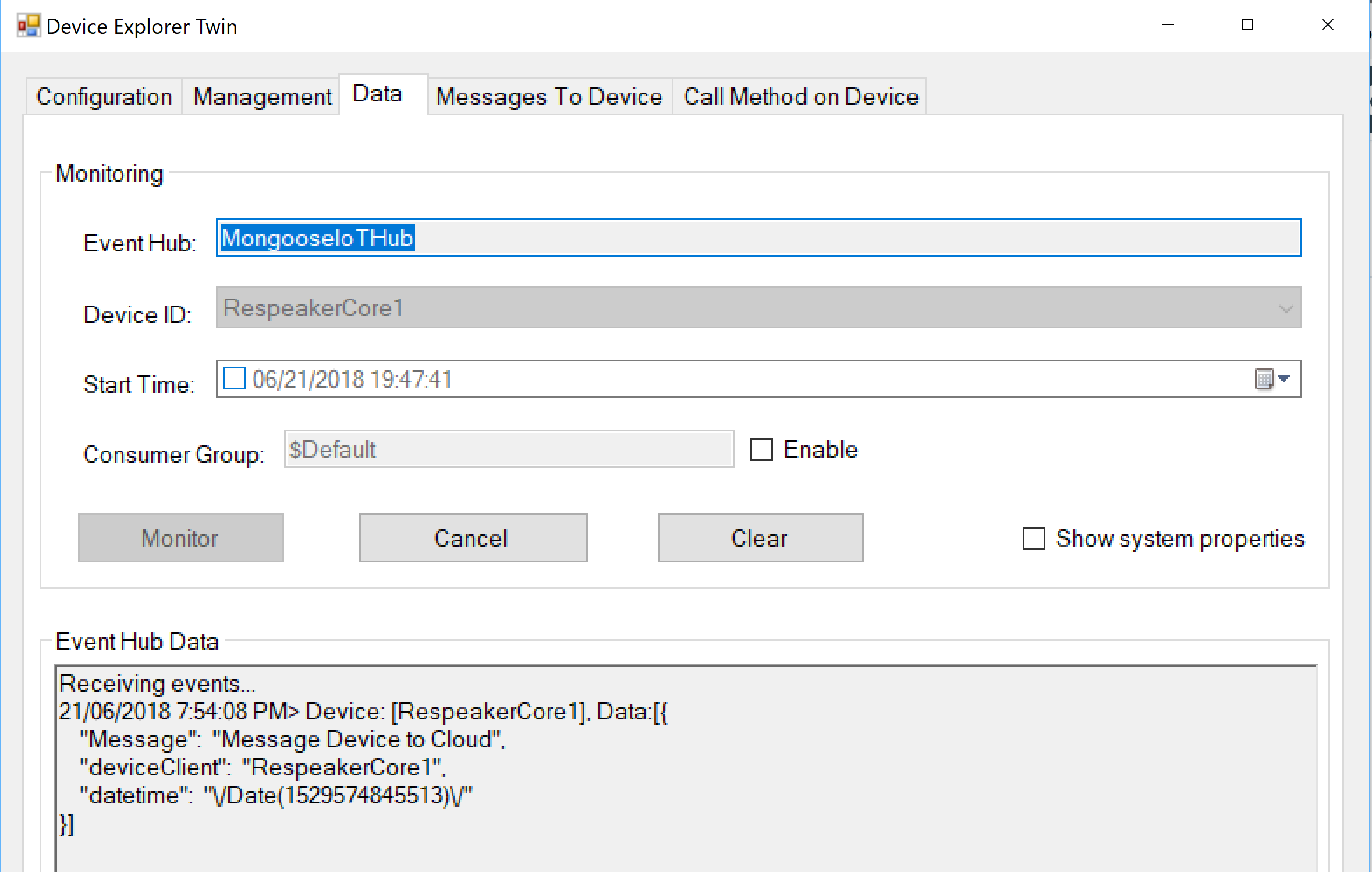
Provisioning complex Modern Sites with Azure Functions and Flow – Part 2 – Create and Apply Template
In the previous blog here, we got an overview of the high level Architecture of a Complex Modern team site provisioning process. In this blog, we will look at the step 1 of the process – Create and Apply template process, in detail.
Before that, below are few links to earlier blogs, as a refresher, to prerequisties for the blog.
- Set up a Graph App to call Graph Service using App ID and Secret – link
- Sequencing HTTP Trigger Azure Functions for simultaneous calls – link
- Adding and Updating owners using Microsoft Graph Async calls – link
Overview
The Create and Apply Template process aims at the following
1. … [Keep reading] “Provisioning complex Modern Sites with Azure Functions and Flow – Part 2 – Create and Apply Template”


